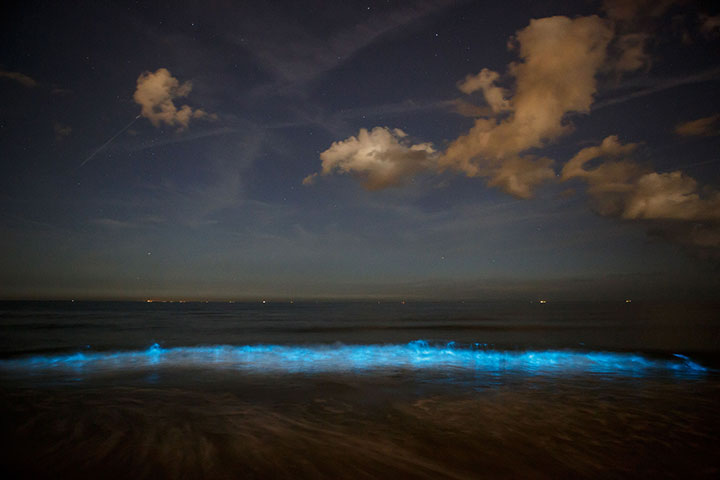A Taiwanese scientist is assuring people that a beautiful site found along an island is not caused by pollution, but instead, by a natural phenomenon.

The mesmerizing blue along the coast of Matsu Island is caused by noctiluca scintillans, highly buoyant, balloon-like cells that glow. Due to their shape, they’ve been called “blue tears,” though many also refer to it as “sea sparkle.”
The algae are known to have a voracious appetite. They feed on other algae and plankton in temperate, subtropical and tropical waters and are usually found in coastal areas.
Though they can last year-round, they’re usually found during warmer months at the mouths of rivers and after heavy rain.
If you happen to see this, don’t panic.
“This represents a kind of ecological balance, and the appearance of noctiluca scintillans is therefore far from an indication of environmental deterioration,” said Chiang Kuo-ping, director of the Institute of Marine Environment and Ecology at the National Taiwan Ocean University.
- B.C. introduces legislation recognizing Haida Gwaii Indigenous title
- Whale experts confident B.C. orca calf will survive, find family if rescue plan succeeds
- Chemical plant shuts down after high benzene levels detected near Ontario First Nation
- Plastic production cap still contentious as Ottawa set to host treaty talks




Comments